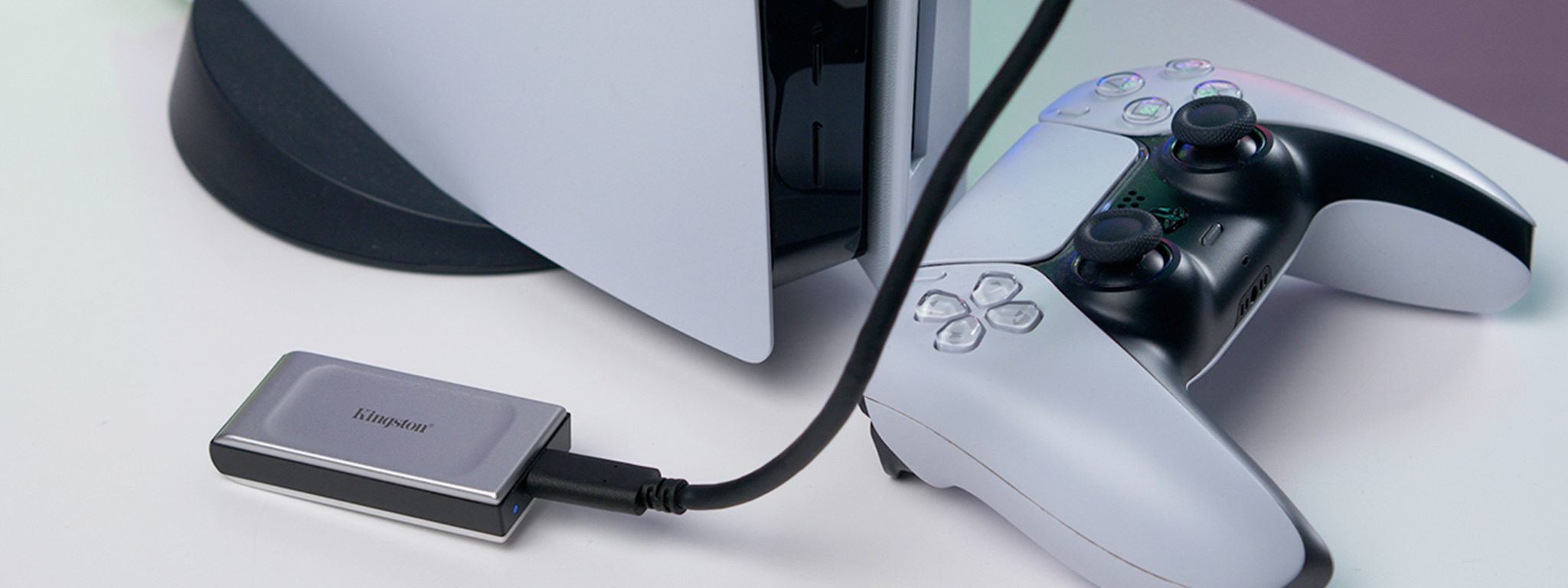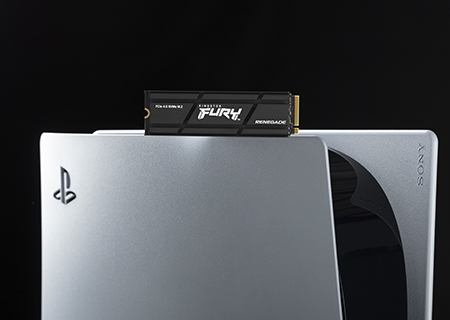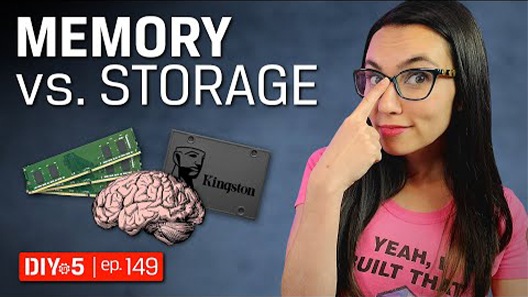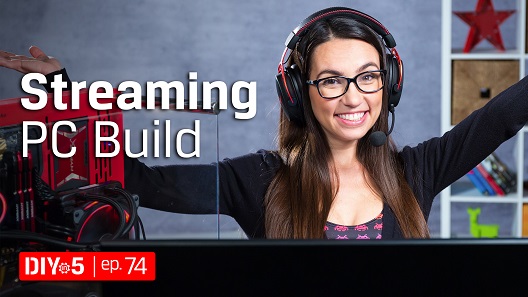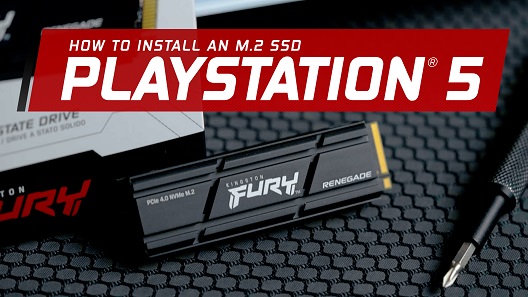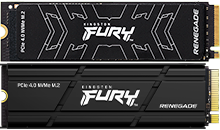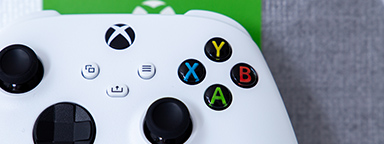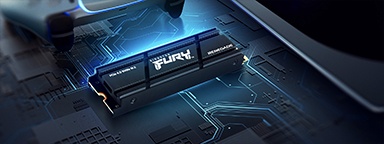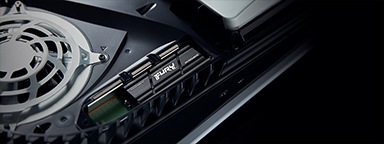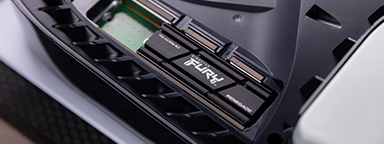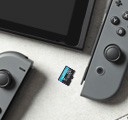Sony’s PlayStation5 is the latest gen console of choice for tens of millions of discerning gamers, lauded for its hardware specs, catalog of exclusive games, and active gaming community. However, there are many reasons to augment the out-of-the-box storage capabilities with both internal and external SSDs. Solid state drives, such as the 825GB basic storage drive in the PS5, offer many benefits over other storage options used by consoles in the past.
Advantages of SSDs
Certain SSDs can be used to substantially increase the internal storage of a PS5. M.2 SSDs of sufficient speed and a capacity of 8TB or under are compatible as internal drives. Sony recommends that these drives be fitted with heatsinks to prevent speed throttling during times of intense use. The Kingston FURY Renegade PCIe 4.0 NVMe M.2 SSD with a rated speed of approximately 6,600MB/s, faster than the PS5’s default SSD, is one such drive, and comes with a heatsink to protect against performance dipping.
Even SSDs which do not meet these criteria are useful for storing PlayStation5 data. PS5 games that are infrequently used can be stored until needed on an external SSD, to be transferred to an internal drive at that time. PS4 games, and other media, can be stored without issue on an external SSD.

